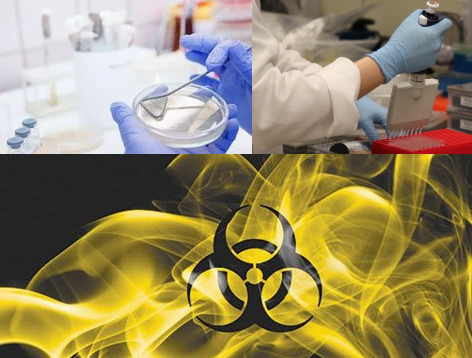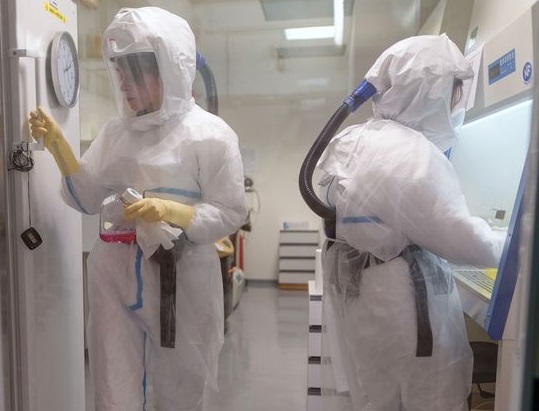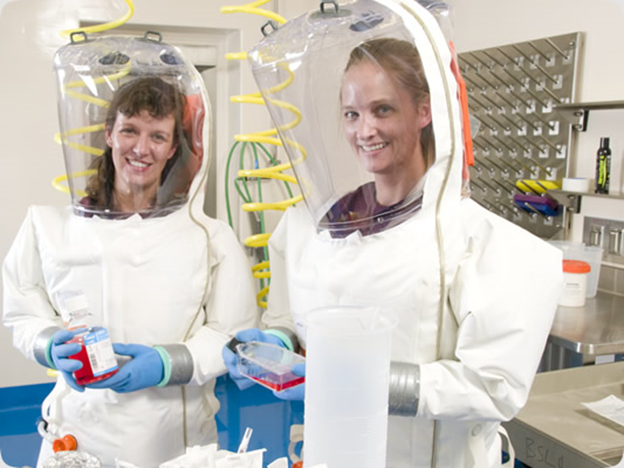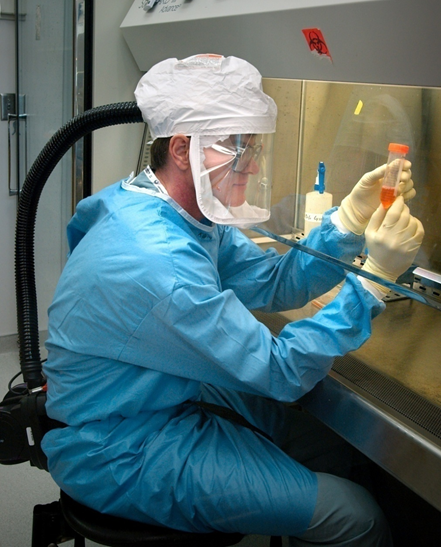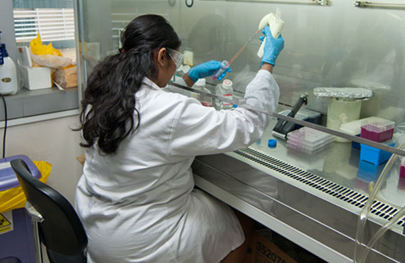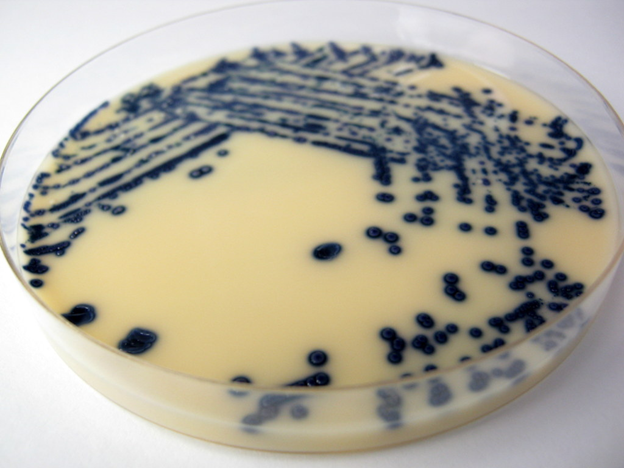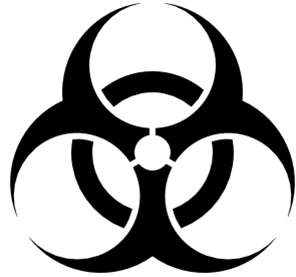The great majority of microorganisms are beneficial to man, plants, animals and the environment. These […]
Category: Bioterrorism
Epidemiology, control, prevention, and public health concern of biowarfare
Chemical agents and biological agents are very exceptional from other conventional warfare tools including nuclear/atomic […]
Mode of delivery/transmission of biological and chemical agents
Biological agents used for bioterrorism can be delivered or trasmissted in human or animal population […]
Other categories of hazardous chemicals used as agents of mass destruction
Other categories of hazardous chemicals used as agents of chemical warfare according to the Center […]
Category C Biological Agents
Category “C” Biological Agents are the third highest priority biological agents that present no […]
Category B Biological Agents
Category “B” Biological Agentsare the second highest priority biological agents that have lesser public alertness […]
Category A Biological Agents
Category “A” Biological Agents are high-priority agents which pose the greatest security and health […]
MICROORGANISMS USED AS BIOLOGICAL WEAPONS
Agents of bioterrorism are usually found in the hands of terrorists, scientists, and most of […]
BIOTERRORISM – Brief History
Bioterrorism is an archaic and primitive practice of warfare that predates the development of the […]
BIOTERRORISM – Definition & Attributes of Biological Agents used for Biowarfare
Bioterrorism is simply defined as the unauthorized, threatened, and deliberate use of microbes (including bacteria, […]
Microbiological Risk Assessment
Microbiological risk assessment (MRA) is a structured process that is used for determining the public health […]


